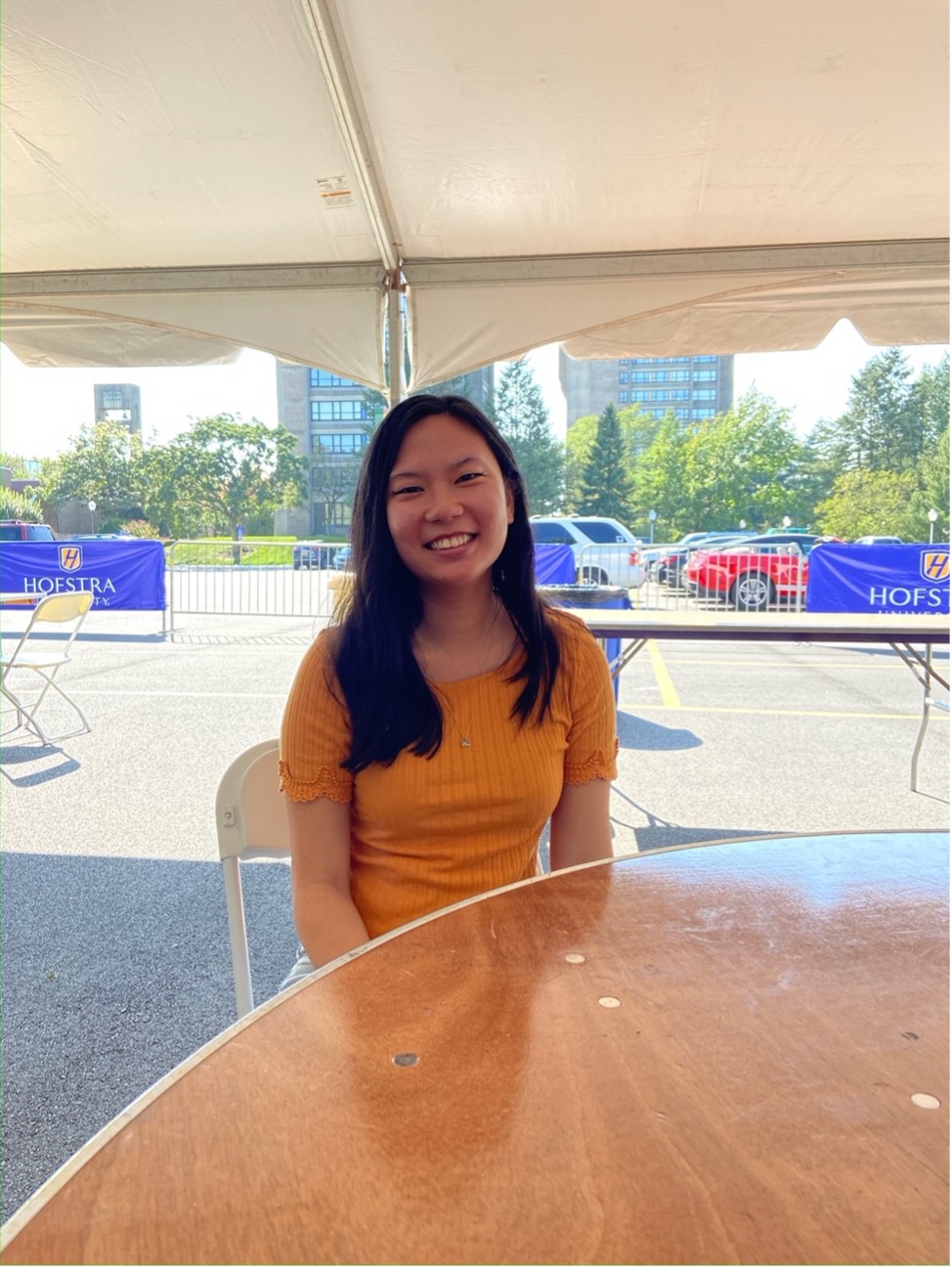“This whole story is completely true. Except for all of the parts that are totally made up.” Such is the disclaimer that prefaces all nine episodes of “Inventing Anna,” a limited series released on Netflix in early February. “Inventing Anna” is based on the real-life story of Anna Sorokin, who, under the name of Anna Delvey, posed as a German heiress in New York from 2013 to 2017, committing $275,000 of fraud.
Anna, who was born in Russia, convinced people she had significant wealth in a trust fund in Germany. She was convicted on multiple charges, including attempted grand larceny, in 2019 and was released in 2021 pending deportation.
So, what exactly is Anna’s story? Anna manipulated members of the New York social scene, as well as financial institutions, into believing she was wealthy to gain support for establishing The Anna Delvey Foundation. ADF was a vision of Anna’s, comprising a private social club and an art foundation that she wanted to set up in New York.
Anna gave a revealing interview that was recorded while she was incarcerated at The Orange County Correctional Facility. During the episode of the “Forbidden Fruits” podcast that featured Anna as a guest, she explained, “I just wanted to be able to build something out of nothing. I just wanted my own thing, and I want to be in control.”
“Inventing Anna” is a wild ride created by Shonda Rhimes, the famous creator of the beloved shows “Bridgerton,” “Grey’s Anatomy,” “Scandal” and “How to Get Away with Murder.” The disclaimer that appears in each episode of “Inventing Anna” serves as a reminder that Rhimes took liberties with Anna’s character as well as the story of her life in creating a compelling series.
However, a large portion of the narrative that’s portrayed is based on true events, and the appeal of the series arguably stems from the fact that Anna herself is truly compelling. After all, it’s hard to believe that a 25-year-old woman from a foreign country was able to con New York’s most powerful and elite without having any connections or even a college degree.
Simply put, Anna is fascinating. Whether you’re a fan leaving her comments to hype her up on Instagram, or you just feel unsettled by the media attention she’s received for her conviction, one has to wonder how she was able to fool so many people. The series depicts her as a charismatic individual that’s intelligent, charming and determined to get what she wanted.
Rather than romanticizing crime or glorifying the people that commit them, “Inventing Anna” humanizes this woman who claims to have had zero aspirations to be a Manhattan socialite, and instead, wanted to build something from the ground up and accomplish it on her own merits. This is the very definition of the American Dream, and the series prompts the audience to confront the reality of its accessibility when one is not a traditional holder of power.
Anna was a young foreign woman in her 20s lacking any real wealth or connections and attempted to gain the attention of powerful, influential white men. In “Inventing Anna,” her character, portrayed by Julia Garner, asks, “If I were a man with the right accent and the right suit, from the right Ivy League college, would I still be knocking on doors?” The series depicts Anna as knowing exactly what she has to do to be taken seriously in a patriarchal society.
She dyes her naturally blonde hair red and tries on conservative style clothing until finally gaining the ear of a finance lawyer to help her secure loans. Todd Spodek, Anna’s defense attorney, argued at her trial, “[Anna] couldn’t be 100% honest because no one would listen to her.”
If Anna were a man, would she have gotten the same 4 to 12-year prison sentence or received the volume of criticism directed at her for her financial crimes? A statement made at the end of the series aptly states, “The guys who broke the Wall Street banks didn’t get this kind of a sentence.”
“Inventing Anna” focuses on the fact that society operates first and foremost based on appearances. If you have to fake it until you make it, your outward appearance will say who you are before you even manage to say a word. Many of New York’s elite who were acquainted with Anna expressed that they never initially questioned her invented identity, that she simply looked the part and they thus accepted her as part of their crowd.
Spodek pointed out how frequently people present themselves untruthfully until they can become who they want to be. However, because Anna is not a man, she was charged much more harshly, with the media portraying her as someone who simply wanted to live the high life, with her comments about “not being sorry” taken vastly out of context.
Her most recent predicament occurred while awaiting deportation, highlighting the dire situations in which immigrants find themselves. While detained, Anna commented, “I have not heard of a single success story of someone being arrested and finding a good free immigration lawyer while in jail. The system is predatory: You’re set up for failure.” Anna also sued ICE after testing positive for COVID-19 in January, claiming she was denied a booster shot multiple times.
Anna, now 31, has testified that she’s “absolutely not in the same place” as when she was in her 20s and scamming. Anna has acknowledged that she should not be looked at as a role model, and in “Inventing Anna,” her problematic behavior and harmful actions are thoroughly explored. Ultimately, “Inventing Anna” tells the story of a fascinating and flawed woman, rich with embellishments for a fun Shondaland production that has an awesome, upbeat soundtrack.
Becoming No. 1 on the Netflix top 10 lists for shows in the U.S. within a week points to the show’s binge-worthy quality, reminiscent of the iconic “Gossip Girl,” in which an anonymous blogger posts about “the scandalous lives of Manhattan’s elite.” Viewers crave drama, and New York seems like the perfect backdrop to scandals related to fabulous wealth.
“Inventing Anna” isn’t just about Anna. The series also chronicles the story of the journalist; Jessica Pressler was the inspiration for the character Vivian Kent, who researched Anna’s life and wrote the article for New York Magazine that provided the overall basis for the series. Vivian’s journey in trying to finish the article before her daughter’s birth was deeply moving.
The show also features Anna’s friend Neff Davis, the aspiring filmmaker concierge at the 11 Howard hotel, and Kacy Duke, friend and celebrity trainer. “Inventing Anna” successfully explores the story of all these women — the good, the bad, and the ugly — and not just in relation to Anna. What may seem like a frivolous or even harmful show can actually reveal a lot about the role that money, prestige and power plays in society while telling the complex stories of these women.

















